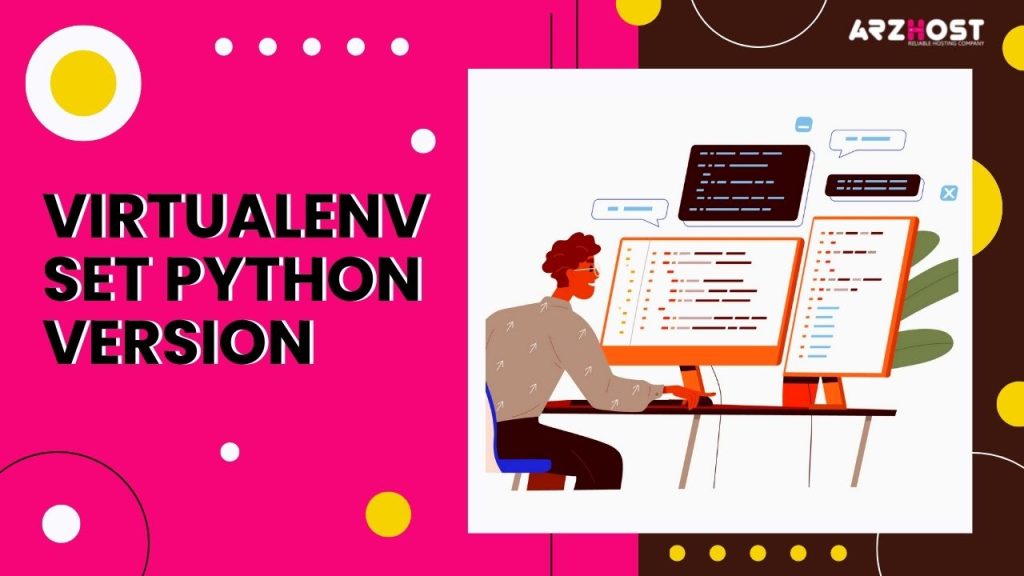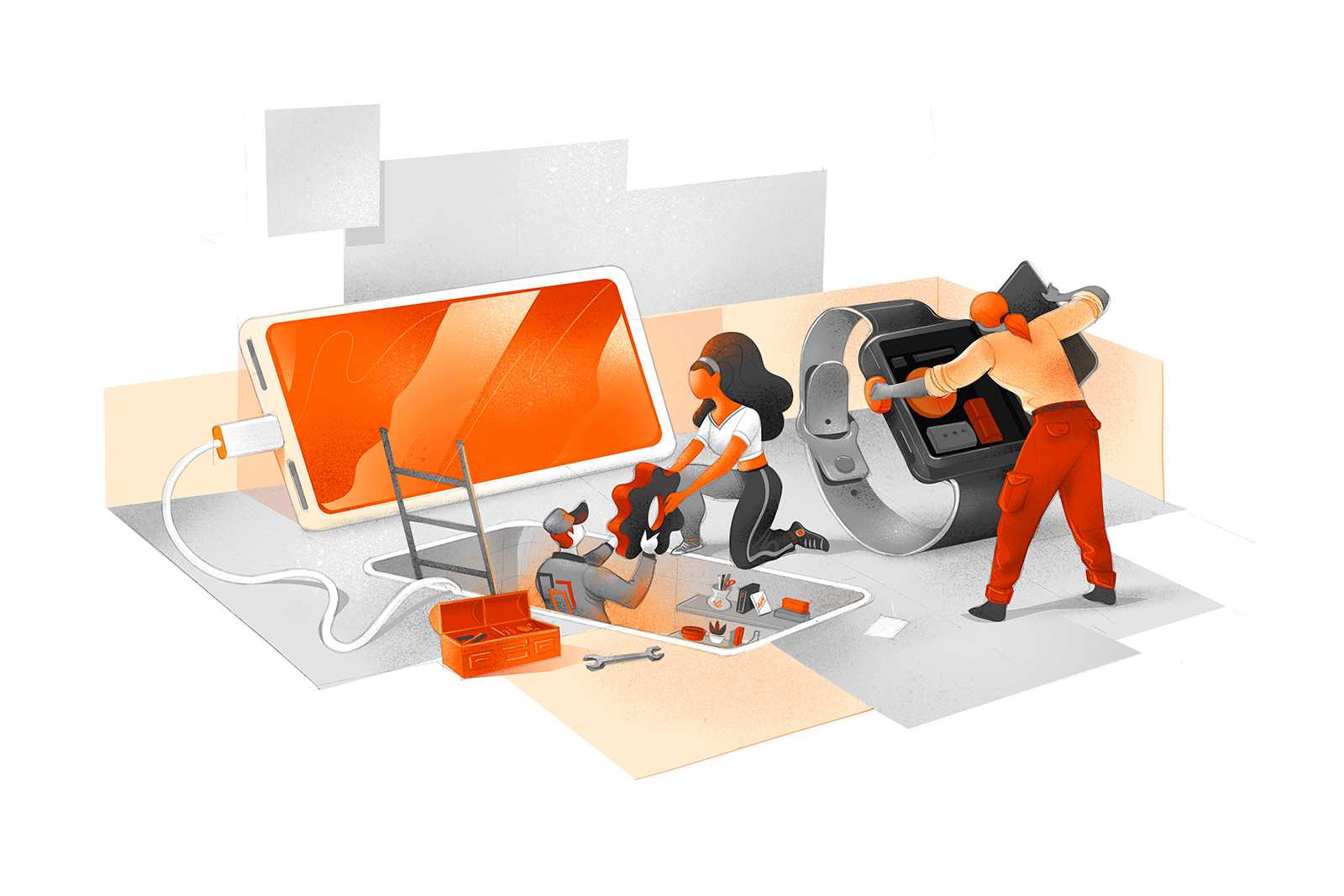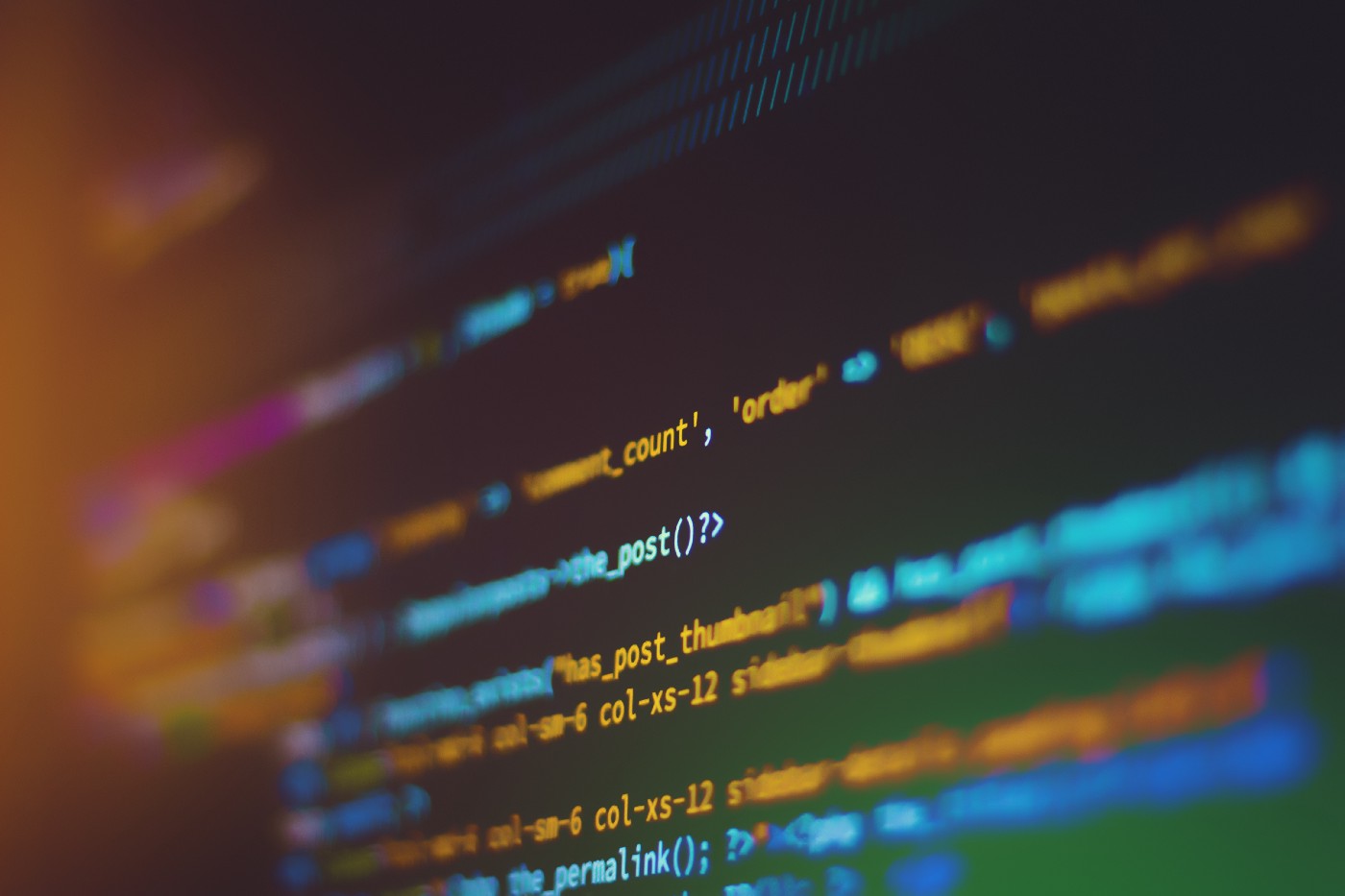Today here at Arzhost, we guide you on how to install Virtualenv Set Python Version on your system. How to specify or establish a new virtual environment for a certain Python version is covered in this article. A virtual environment is a separate Python environment that has been installed and is not connected to the system Python environment. It contains Python interpreters, libraries, and scripts.
To offer the dependencies needed for a single Python project independently, a virtual environment is helpful. The following techniques can be use to define the distinct Virtualenv Set Python Version.
Using the virtualenv Command, Define a Virtual Environment for a Python Version
The Virtualenv Set Python Version command for a certain Python version can be use to construct a virtual Python environment.
To build an isolated Python virtual environment. A shell’s environment variables are modifiy using the virtualenv command. As a result, installing the shell is necessary before running the virtualenv command.
Using the shell, we may construct a Python virtual environment for a particular Python version by running the following command:
version=/usr/bin/python virtualenv -p path/to/new/virtualenv/
Using the following virtualenv command, we can first install the Virtualenv Set Python Version package on the machine if it isn’t already there:
install virtualenv with pip
Use the Venv Command to Specify the Virtual Environment
The venv command can be use to build a virtual Python environment. If the desired directory does not already exist. The venv command first creates it before adding the pyvenv.cfg file to it.
The target directory is frequently referr to as. venv. Within the target directory, it produces a subdirectory called site-packages and a subdirectory called bin or Scripts (for Windows) that both contain Python binaries.
Unlike virtualenv, the venv command does not allow for the creation of a virtual environment for a particular Python version. With the help of the following command, we can build a virtual Python environment.
python3 -m venv path/to/new/virtualenv/
In Linux and macOS, we can stimulate the virtual environment by using the following command:
source <path/to/new/virtualenv>/bin/source
You can use the following command in cmd.exe to activate the virtual environment if you are using Windows.
<path\to\new\virtualenv>\Scripts\activate.bat
After a Virtualenv Set Python Version is active, the VIRTUAL_ENV variable is set to the specifie path of the virtual environment. And Python starts using the virtual environment’s interpreter, libraries, and scripts.
Python Virtual Environments: Why Are They Important?
When we run many Python projects that rely on varying versions of the same packages on the same machine. The value of Python virtual environments becomes clear. Consider working on two distinct matplotlib-based data visualization projects, one using version 2.2 and the other using version 3.5. Python cannot use multiple versions of the same package simultaneously. Therefore, this would cause compatibility problems.
When working on manage servers or in production settings. Where system-wide packages cannot be change due to specific needs, using Python virtual environments becomes even more crucial. Python virtual environments establish separated contexts to maintain the separation of dependencies needed by various projects so they don’t conflict with one another or with system-wide packages.
In general, creating a Virtualenv Set Python Version is the best way to separate various Python projects, particularly if these projects have many conflicting dependencies. New Python programmers should always create a unique virtual environment for each project and install all necessary dependencies there rather than installing packages globally.
Related Article
- python 3 install pip3
- python activate virtual env
- python3 creates virtual env
- Create Virtual Environment Python 3
- Make Virtual Env Python3












